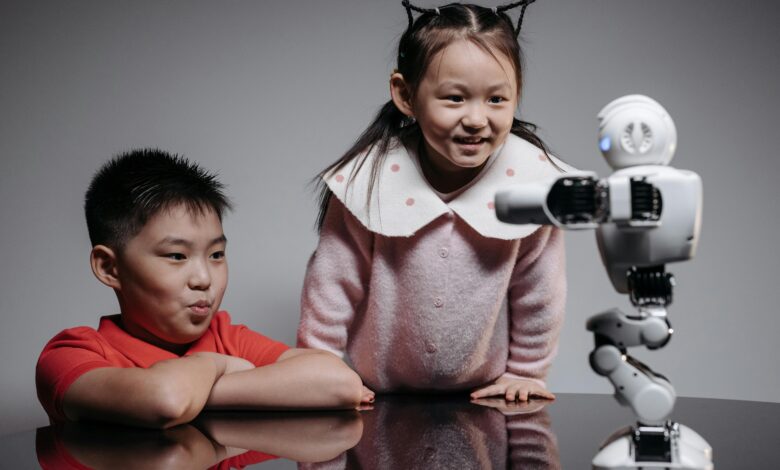AI for Presentations: Transforming Communication and Engagement

Artificial Intelligence (AI) is revolutionizing the way displays are created, introduced, and experienced. Whether for enterprise conferences, instructional lectures, or advertising pitches, AI-powered gear are improving performance, creativity, and target audience engagement. From automatic slide technology to real-time speech enhancement, AI is making shows more dynamic and accessible.
AI-Powered Slide Creation
One of the maximum substantial contributions of AI to displays is automatic slide technology. Tools like Beautiful.Ai, Tome, and Canva’s Magic Design use AI to structure content, advise layouts, and generate visually appealing slides. Instead of spending hours manually designing slides, customers can input text, and AI will remodel it right into a professional-looking presentation.
AI also assists with content material companies, ensuring that key messages are conveyed actually. By analyzing AI for Presentation of the input text, AI can generate concise bullet points, highlight key takeaways, and even recommend relevant photographs or icons. This streamlines the slide advent process at the same time as improving the high-quality of presentations.
AI-Driven Speech and Delivery Enhancement
AI is also improving the manner presenters deliver their messages. AI speech coaches like Microsoft Speaker Coach examine tone, pacing, and clarity, presenting real-time feedback to enhance public speaking abilities. These tools help presenters sound more confident and tasty.
Additionally, AI-driven textual content-to-speech (TTS) and voice modulation gear, which include Murf.Ai and Vidnoz AI, allow customers to create voice overs for presentations. This is mainly useful for remote shows, explainer movies, or when a professional narration is needed.
Personalized and Interactive Presentations
AI makes shows more interactive by way of incorporating chatbots, actual-time Q/A gear, and audience analytics. Platforms like Mentimeter and Slido use AI to facilitate stay polls, quizzes, and sentiment analysis, allowing presenters to gauge target market engagement and adapt their content for this reason.
Moreover, AI-powered adaptive learning systems can tailor shows to special audiences. For instance, in corporate schooling, AI can regulate the content material based at the know-how stage of the individuals, ensuring a more customized mastering experience.
AI-Enhanced Visuals and Data Interpretation
AI is transforming how data is offered in slides. With automated facts visualization tools like Tableau and Power BI, complicated datasets may be transformed into smooth-to-recognize graphs and infographics. AI also can locate patterns and developments, helping presenters spotlight key insights efficiently.
Another step forward is the use of AI-generated photos and movies. Tools like DALL·E and Runway ML permit customers to create custom visuals that align with their presentation issues, making slides greater attractive and impactful.
The Future of AI in Presentations
As AI continues to evolve, we will expect even greater advancements in real-time translation, holographic shows, and digital reality (VR) integration. AI-powered language translation tools like DeepL and Google Translate already permit multilingual displays, breaking language boundaries in international meetings. In the destiny, AI may also create 3D avatars or holographic presenters, making far flung displays feel greater immersive
Conclusion
AI is revolutionizing displays by automating content creation, enhancing speech transport, and making displays more interactive and engaging. With AI-powered gear, presenters can store time, improve target audience connection, and deliver extra impactful messages. As AI generation advances, the destiny of displays becomes even more dynamic, customized, and innovative.
